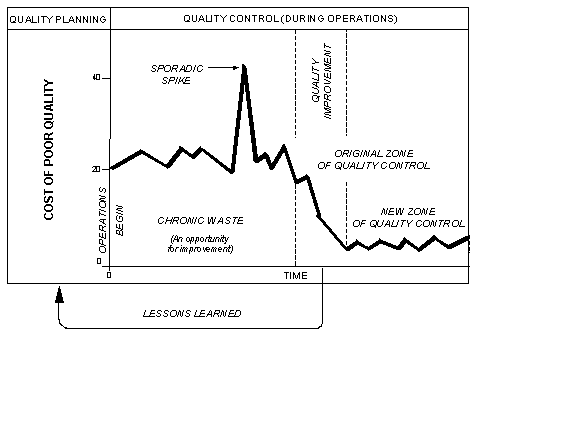Part - 2 Quality Concepts
- ISO 9000
- ISO 9001
2.
You may optionally provide this to label your report, leaderboard, or certificate.
×
Thank you for your feedback!
















